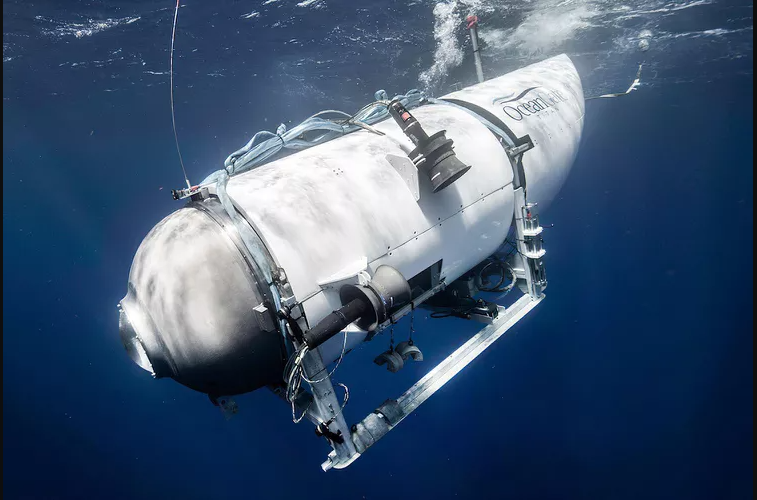With the end of the Cold War, SOSUS hydrophone arrays in both the Atlantic and Pacific face an uncertain future of shutdowns and closings. Consolidation of SOSUS by array retermination, remoting, or closure will be complete by FY97. Recent closures include Bermuda, Adak, and Keflavik. All other arrays will remain operational. SOSUS in the North Pacific is currently being analyzed for low-frequency vocalizations from marine mammals living in the open ocean.
On 26 April 1999 Lockheed Martin Corp., Manassas, Va., was awarded a $107,031,978 firm-fixed-price contract for Phase II of a deep water, undersea surveillance system. This system is a long life, passive acoustic surveillance system that can be configured for multiple mission applications. It has the capability to provide long-term barrier and field acoustic surveillance, long-range acoustic surveillance coverage of open ocean areas, and acoustic surveillance in areas with high ambient noise. This contract contains one option, which, if exercised, would bring the total cumulative value of this contract to $153,234,288. Work will be performed in Manassas, Va., and is expected to be completed by September 2005. This contract was competitively procured through the Space and Naval Warfare Systems Command electronic commerce web site and Commerce Business Daily with two offers solicited and two offers received. Contract funds will not expire at the end of the fiscal year. The Space and Naval Warfare Systems Command, San Diego, Calif., is the contracting activity (N00039-99-C-2202).










